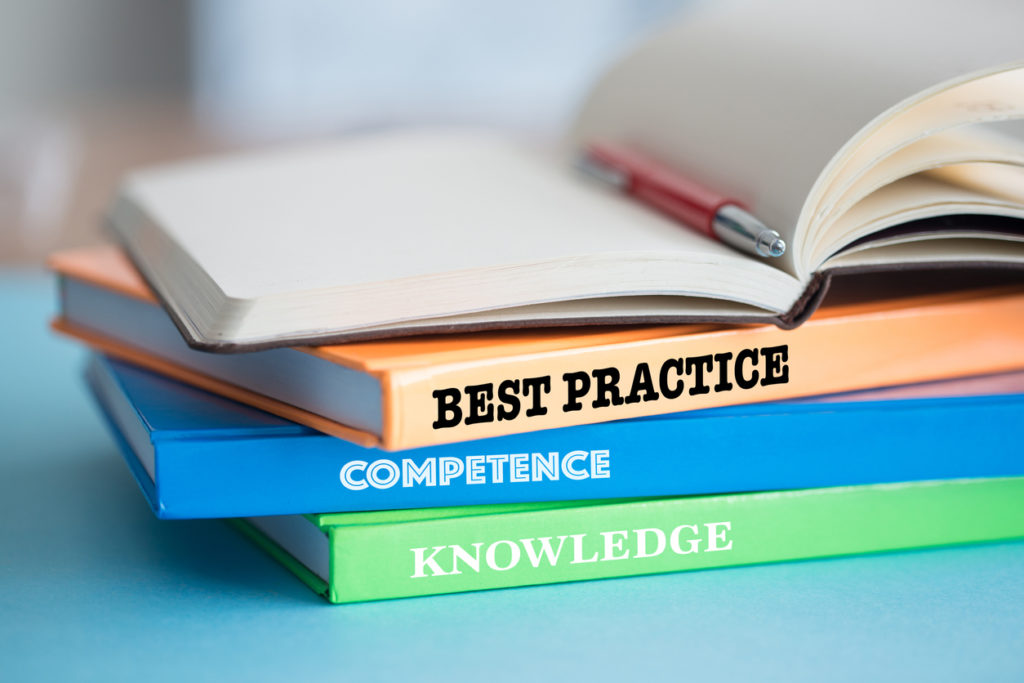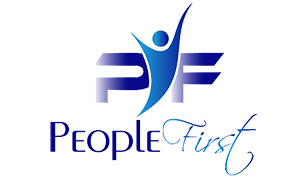
Succession Planning
Succession planning shouldn’t be used just for executive positions.
Organizations should be developing replacements for anyone whose sudden departure could disrupt the business, a former executive turned consultant told HR professionals on Wednesday at a concurrent session at the SHRM 2018 Annual Conference & Exposition.
Those employees could include sales account managers for top clients or operations managers.
Unfilled and unplanned vacancies cost companies about 50 percent more in lost revenue than the salary for the vacated job itself, according to a 2013 Mercer study.
“Succession planning protects the business from unexpected changes that could potentially hurt the business,” she said. It can also increase retention of top performers and drive deeper engagement of managers by “owning” talent development, she said.
Renz offered the following tips:
Start small and build up. Create a proposal including supporting data to show executives how the succession plan will work and how it will benefit the organization. Establish a pilot program; that will allow you to refine the program before it is rolled out to the whole organization, she said.
Make it an organization program, not an HR program. Your action plan should be visible, measurable and shared. Define the goal and the data that will be used in your talent program. Refresh formal data at least once a year. Share progress and challenges with leadership quarterly, she advised.
Assess employees’ competencies. These are the abilities and characteristics that the company identifies as key success factors of roles across the organization. Assess employees also for core values. Assessment tools can help measure competencies and behaviors, not just personality.
Identify “high-potential” employees. Some employers prefer to call those employees being developed for leadership positions the “acceleration pool,” because the term “high potential” can make other employees feel inferior, she said. She recommends labeling them “early career,” “mid-career” and “senior career” so you can plan development that better fits their specific needs.
Develop an action plan using the data collected. The information can help identify gaps and growth needs in your workforce so training programs can better support the development of the acceleration pool.
Create an individual-development action plan for each person in the acceleration pool. You might use a rotational program to help employees meet others in different departments. Pair them with a mentor to encourage knowledge sharing.
The succession plan will not only help you create a plan for recruiting and development, but it should increase retention of top performers with action plans and individual learning opportunities, she said. The action plan should be the foundation to help you decide where and how to spend your time and money.
